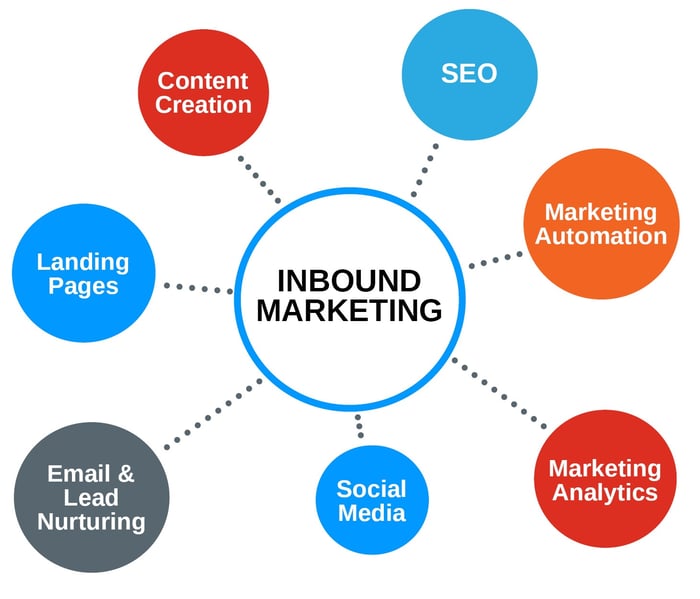We’ve put together a list of best practices for inbound marketing website optimization; you should be reviewing this checklist on a periodic, but regular, basis to keep your inbound marketing strategy as effective as possible.
Website Optimization Checklist
1. Are your blog posts still bringing in new traffic?
Your blog should still be attracting new and qualified traffic; if this has stopped or decreased, then you should look at the topics you’re blogging on and edit them to make them more relevant and interesting to your target audience. Perhaps try a new series based on testimonials, address pain points and challenges, or answer frequently asked customer questions.
2. Are your blog posts optimized using SEO best practices?
Using SEO best practices is always a must when any content is added or updated on your website. Search engine optimization is so important to digital marketing in general, but it’s also a huge piece of the inbound marketing puzzle. Higher rankings will only continue to help your customers find you.
3. Revamp your CTAs
Call-to-action designs can easily become outdated or seem stale, especially if you are using the same CTA design for multiple offers. Invest in a designer or some design software of your own, and revamp your CTA button designs as soon as you notice a drop in your click-through rates. Make sure to test different variations, and see what works best, fine-tuning as you go.
4. Revamp your offers
You can update your CTA design, but they won’t be as successful if the offer they’re promoting is dated (or expired!) itself. Your original offers may not last forever, so it’s important to create or feature new offers on an ongoing basis that will really appeal to new users to your site.
5. Is your content easily shareable?
Social sharing plugins are such an easy add to any page or blog post to make your content or offers easily shareable. If you have new social accounts that you haven’t yet added to your pages, now is the time to update them. Think Facebook, Twitter, Google+, LinkedIn, YouTube or Pinterest.
6. Is your website optimized for speed?
If you’ve been noticing a decline in your site’s loading speed, then talk to your IT support team to help get this under control. Is there anything you can do to further optimize for website loading speed? Can you host your images and assets separately? Can you reduce or remove redirects? This post on optimizing load time can help lead you in the right direction.
7. Are your conversion paths organized and frictionless?
Ask a friend to run through your current conversion paths and be honest about their experience. Are there any needless distractions or obstacles that may prevent your website visitors from converting? HubSpot has put together a great checklist for you to create a frictionless conversion process:
- Shorten your lead-capture forms.
- Create targeted landing pages.
- Remove top/side/bottom navigation from landing pages.
- Get rid of calls-to-action on landing pages.
- Share landing page links in social media.
- Place landing page forms above the fold.
- Use actionable language in CTAs and on landing pages.
- Make it as easy and user-friendly as possible to convert.
For a more detailed guide to total website optimization so you can get started today, click the image below to download our new eBook on “25 Website Must-Haves to Drive Traffic, Leads, and Sales”.



